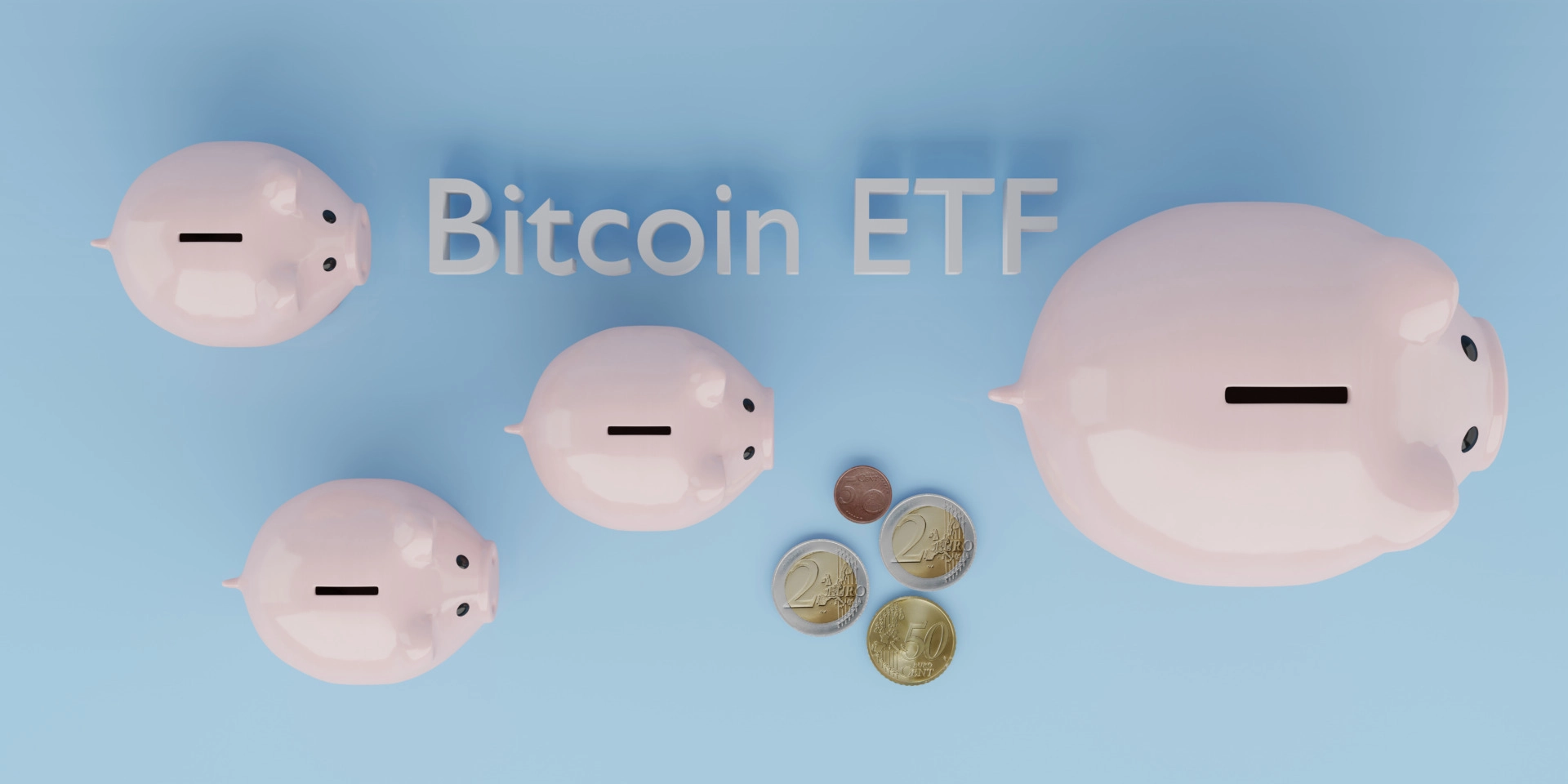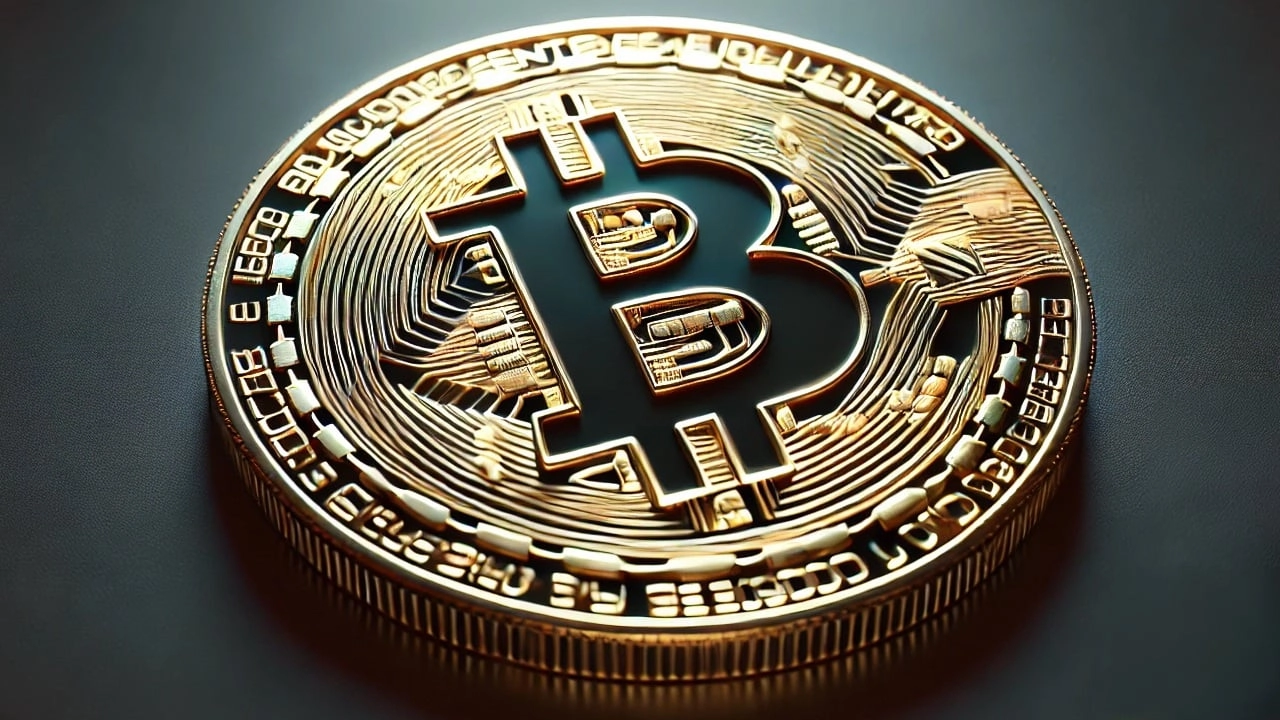BTC’s block reward mining concentration got a little more concentrated this week, amplifying concerns about the future of the network’s proof-of-work consensus mechanism.
On July 22, Cory Klippsten, CEO of the California-based Swan Bitcoin financial services firm, announced that his company “is unlikely to continue with our Managed Mining business in the near term.” Klippsten added, “[w]ithout the expectation of significant near-term revenue from our Managed Mining unit, we are pulling our plans to IPO in the near future.”
Worse, Klippsten warned that the derailment of its plans for an initial public offering meant “staff cuts across many functions.” The scale of these cuts wasn’t detailed. Klippsten praised his former staff as “some of the best” and vowed that he “will be doing my best to help them find new roles” in the ‘crypto’ sector.
While Swan has been actively mining since last summer, it had only announced its Managed Mining service launch a few months ago. The launch promoted Swan’s ability to “take a large amount of capital and deploy it quickly and efficiently into a mining operation owned by the investor that meets their particular strategic requirements.”
Given Klippsten’s pessimism regarding ‘significant near-term revenue’ generation, it now seems that the Managed Mining unit’s not-so-unique selling point was its ability to take a large amount of capital and light it on fire.
That’s not a knock on Swan, merely a reflection of the ugly truths affecting the entire BTC block rewards mining sector. Since the scheduled ‘halving’ of the block subsidy this spring, the economics of BTC mining no longer add up. Even as the BTC token’s fiat value has recovered much of the losses it endured over the past couple of months, it’s still not always high enough to cover the huge electricity costs of successfully mining a BTC block.
This unfortunate reality has led many miners to sell their BTC block rewards as soon as they’re earned in a bid to keep their lights shining and their hardware humming. But as jurisdictions weigh the burdens imposed on their electrical grids by mining sites and taxpayers learn of the sweetheart deals some of these sites have negotiated, BTC mining’s future viability appears anything but assured.
BTC is really in a no-win situation here. With the network’s throughput artificially constrained in 2017 by BTC Core developers looking to change Bitcoin from peer-to-peer electronic cash to ‘digital gold,’ BTC can never process enough transactions to realize Satoshi Nakamoto’s plan for transaction fees to eventually supplant block rewards as miners’ primary compensation.
It’s dawning on miners that BTC’s fiat price can’t be counted on to forever rise ‘to the moon,’ aka to a height that would make the current block subsidy sufficient to cover their costs. Even if it does, this will encourage miners to add more hash power, creating another technological ‘arms race’ in which local utility companies will be the only winners.
With mining profitability at a six-year low, the BTC economic model is broken. For too long, the accepted wisdom has been ‘price follows hash’ but this fallacy has been rudely debunked by the market. BTC is already under the de facto control of just two mining groups, and this concentration will only get worse with time.
Some major U.S.-based miners are trying to ensure that the federal government will tip on the scales on their behalf, donating millions to Donald Trump’s presidential campaign, believing he’ll have their back if he returns to the White House. It’s a pretty hypocritical turn by some of these formerly diehard anti-statists that their economic future now hinges on a potential government bailout.
Other miners aren’t willing to wait until next January; instead, they are ‘pivoting’ to serve as artificial intelligence (AI) data centers, which, for the moment, offer a chance to earn actual revenue. The fact that AI promises to benefit a wider swathe of humanity than a relative handful of BTC bagholders may also ensure that AI data centers retain the goodwill of the utilities, at least for now.
Contrast BTC’s downward spiral with that of the BSV blockchain, which imposes no upper limit on its transaction throughput, thereby providing a clear pathway for realizing Satoshi’s long-term vision of how Bitcoin would evolve. Considering that Satoshi left a detailed roadmap for all to see, you have to wonder how everyone in BTC ended up choosing this transactional dead-end.
Caught with their mints down
There’s a curious sidebar to the Swan surrender, specifically, the fact that the entity behind the Tether (USDT) stablecoin had provided a “significant commitment” to Swan’s mining operations. Less than three months ago, Tether CEO Paolo Ardoino claimed to be “thrilled about the future of this collaboration” with Swan.
One would have thought Ardoino might have been able to read the tea leaves more accurately, given Tether’s historic role in propping up BTC’s price. Consider BTC’s abrupt resumption of its allegedly inexorable upward trajectory around mid-July, which just so happened to coincide with Tether’s minting of another $2 billion in its USDT stablecoin.
A leading theory is that Tether is pumping BTC now because it knows that the long-suffering former customers of the Mt Gox exchange are soon to be reunited with their long-frozen BTC, and a major sell-off into the market is likely.
This ‘pump first so the ensuing dump doesn’t look as bad’ strategy has generally been how the USDT-BTC cabal prepares for a sudden influx of additional tokens in the marketplace. BTC’s most recent slide came about partly because the German government abruptly and without warning flooded the market with over US$2 billion worth of BTC, leaving the Tether mint without time to adequately prime their rocket.
Don’t mention the war
Swan was by no means Tether’s only foray into mining, having made a ‘strategic investment’ last year in a German company called Northern Data that claimed to not only have mining operations but also cloud storage and AI data center divisions. Tether has since boosted its stake in Northern Data to a controlling 51%.
Recently, Northern Data announced plans to go public with just its AI/cloud units, leaving its mining division out of the mix. (Mining is apparently no longer capable of generating sufficient investor hype.) A Reuters analyst was unimpressed with Northern Data’s expected valuation of up to $16 billion, saying it “sounds more like valuation voodoo than financial reality.” Other skeptics have even less charitable theories for Tether’s sudden interest in Northern Data’s potential cash cow.
Given Tether’s interest, it may surprise no one to learn that Northern Data’s operations have been the subject of both scrutiny and skepticism. In June, two former ND execs filed a civil suit against their former employer, alleging that the company was “borderline insolvent” and “falsely misrepresenting the strength of its financial condition to investors, regulators and business partners.”
For what it’s worth, the strength of the financial reserves allegedly backing Tether’s now $114 billion in circulating USDT has also come under question due to Tether’s eight-years-and-counting refusal to conduct a proper third-party audit. Any investor looking to participate in Northern Data’s IPO should demand a level of disclosure that its new owner Tether has so far proven unwilling to give.
Watch: Teranode & the Web3 world with edge-to-edge electronic value system
width="560" height="315" frameborder="0" allowfullscreen="allowfullscreen">
New to blockchain? Check out CoinGeek’s Blockchain for Beginners section, the ultimate resource guide to learn more about blockchain technology.
NEVER MISS AN UPDATE AGAIN 📧
Yes, i want to receive updates via email*
Newsletter, Conference and Events
Newsletters Only


